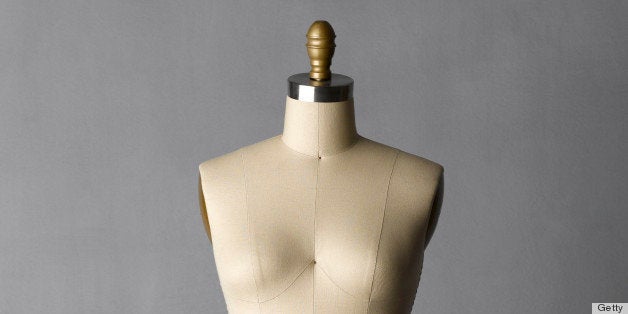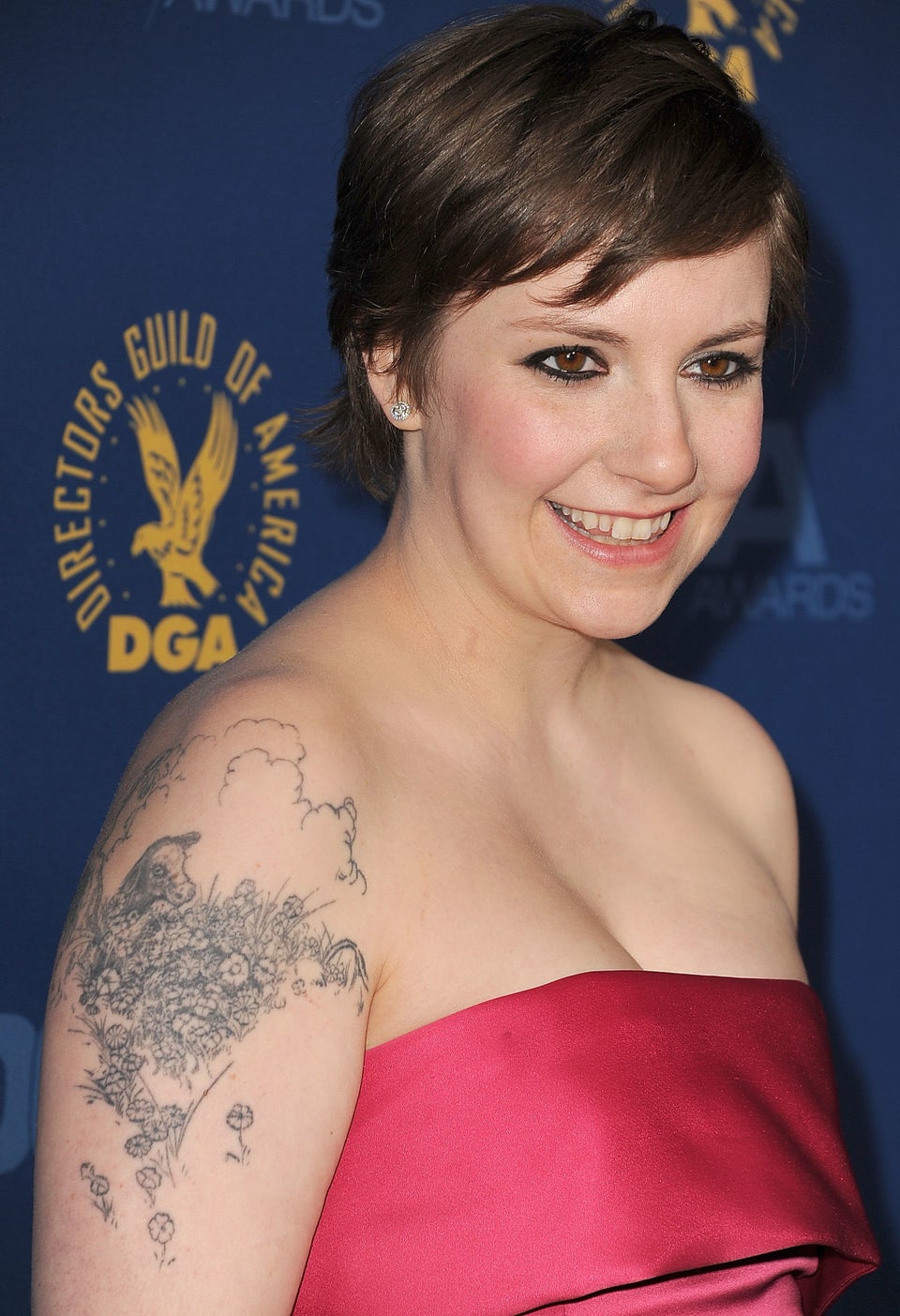
The battle for body diversity in the fashion industry has been an uphill climb. For every health-conscious Equity Contract, there's an Abercrombie & Fitch CEO encouraging inaccurate body image stereotypes. Now two students are making positive waves in the industry, as Cornell University sophomores Brandon Wen and Laura Zwanziger have developed a plus-size dress form with more accuracy than ever before, allowing designers to accomodate larger body types.
The pair of apparel design students set out to create a plus-size clothing collection, but struggled to pin down a faithful fit as they encountered unreliable industry fit patterns for full-figured women. The Cornell Chronicle explains the technology the team employed to devise a solution:
Under the guidance of [Professor] Susan Ashdown, [the students] analyzed thousands of 3-D body scans of women to define a prototype body size and shape. The team matched it to a single scan of a pear-shaped, size-24 woman from the FSAD department’s 3-D body scanner and used it to develop a pattern for the shape and contours of their mannequin.
Wen and Zwanziger found that pre-existing plus-size fit models were simply scaled-up versions of smaller forms, while plus-size figures have different features than "thinner women of Barbie-like proportions," as the Chronicle puts it. (And it's worth noting that even Barbie's proportions are wildly inaccurate.) Professor Susan Ashdown describes the positive consequences of an adequate fit further:
“Instead of just scaling up something designed for a different-sized woman, or even thinking about clothing as something to disguise a body or make a body look different than it is, the students sought to celebrate shape as it really is."
We're excited about the ways that these students' dress forms may encourage plus-size fashion to blossom -- and to fit better than ever. Plus-size women hold 28 percent of purchasing power for apparel and accessories, but their spending only accounts for 17 percent of purchases. If the industry could regain that gap through both customer satisfaction and economic profit, we'd have happier consumers and manufacturers alike. Hopefully, having more accurate representations of plus-size women from the very beginning of the design process will help the fashion industry to pinpoint the perfect fit for every woman -- not just those of doll-like proportions.
These industry heroes are helping the cause:
